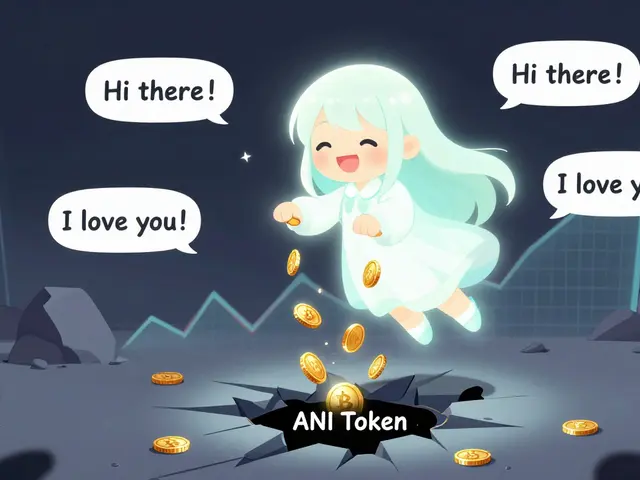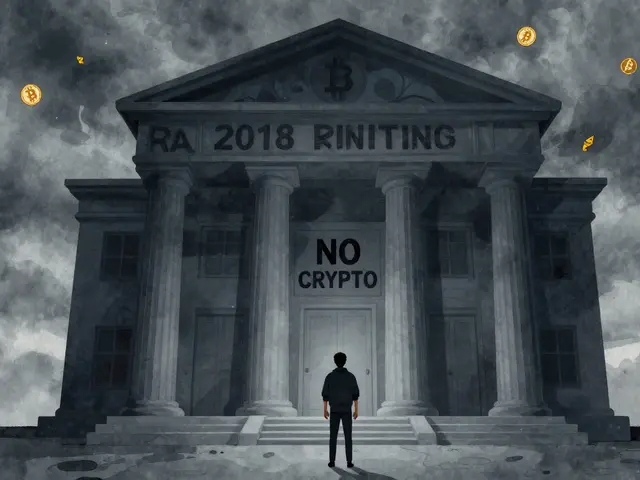DAO Treasury: Managing Funds, Governance, and Risks
When working with DAO treasury, the pool of crypto assets a Decentralized Autonomous Organization uses to fund projects, pay contributors, and execute its vision. Also known as organizational crypto vault, it sits at the heart of any DAO’s economic engine. Understanding a solid DAO treasury strategy can safeguard your project's future.
The treasury doesn’t exist in a vacuum. It lives inside a Decentralized Autonomous Organization (DAO) where rules are encoded in smart contracts and community votes. One of the core responsibilities of a DAO is to decide how to allocate its tokens—whether to fund development, reward contributors, or invest in liquidity. This token allocation is a direct expression of the DAO’s priorities and shapes the long‑term health of the ecosystem.
Effective management also leans on a governance token. Holders of the token can propose spending, vote on budgets, and trigger fund releases. Because the token represents voting power, its distribution and vesting schedule influence how decisions get made. Aligning token economics with treasury goals creates a feedback loop: smart allocation boosts token value, which in turn fuels more community participation.
But good intentions need data. An on-chain analytics platform gives real‑time visibility into cash flow, exposure, and risk. By monitoring wallet balances, transaction patterns, and market prices, DAO stewards can spot over‑exposure to volatile assets or detect potential exploits before they cost money. In short, a healthy DAO treasury requires on‑chain analytics to stay ahead of market swings and internal inefficiencies.
Regulators are watching, too. The legal landscape—from AML rules in Europe to tax guidance in Singapore—directly influences how a DAO can hold, move, and report assets. Staying compliant means designing treasury workflows that produce audit‑ready records, respect jurisdictional limits, and limit the risk of sudden freezes. When the regulatory environment aligns with a DAO’s governance model, treasury decisions become smoother and more predictable.
Key components of a robust DAO treasury
Across the articles below you’ll see real‑world examples of how projects handle airdrops, stablecoin integration, NFT revenue streams, and cross‑chain liquidity. Whether you’re curious about the latest VerseWar token airdrop, want to compare mining‑friendly jurisdictions for funding, or need a checklist for safe crypto VPN usage, the collection offers practical insights you can apply to your own treasury strategy.
Now that the fundamentals are clear, dive into the curated posts. They walk you through specific use‑cases, showcase tools for treasury tracking, and highlight pitfalls to avoid, giving you a well‑rounded view of managing a DAO’s financial engine.
Why Multisig Wallets Are Essential for DAO Treasury Security
Explore why multisig wallets are vital for DAO treasury security, covering how they work, key benefits, implementation steps, costs, and future trends.





